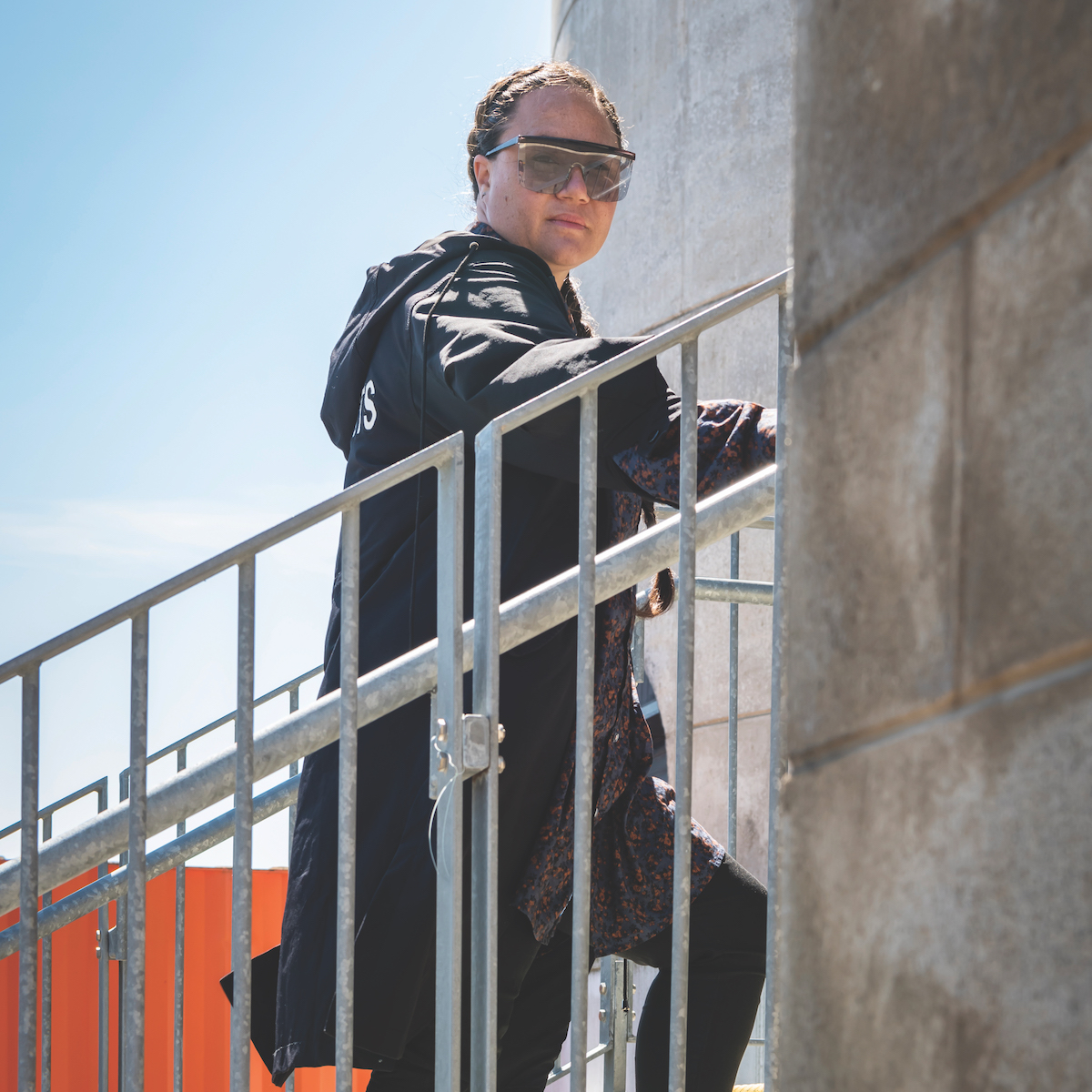Curator’s Radar: Renee So
Renee So’s ceramics of bearded men are often blackened like idols or antique vessels.
Words: Jane O’Sullivan
Portrait: Richard Eaton
Renee So’s ceramics of bearded men are often blackened like idols or antique vessels. They appear to have the weight of a single culture behind them, but are actually drawn from historically and geographically diverse references to explore ideas of trade and transfer, and the human body as a vessel.
So began working with ceramics around the time she moved from Melbourne to London in the mid 2000s. “I was doing lots of research into European trade in the 1700s,” she says. “European trade with China and porcelain were a big catalyst for that and the subsequent ceramics industry in Europe, so I became interested in that material. It had this Chinese identity and provenance… It was sort of the first thing about China that was desirable to Europe.”
At the same time, she was getting to know London’s museums. She discovered the Assyrian galleries in the British Museum, with their portraits of kings with tightly wound beards, and also came across the once-popular Bellarmine vessels.
“You find them in almost every museum in Europe,” she says. “It’s always a bearded man.” As objects, they told a story about the spread of European travel and trade but also drinking culture. So soon adopted the name for her own works, with their often-humorous suggestions of the body as a receptacle for alcohol. As the poet Emily Berry has written about So’s drunken Bellarmines: “Shame is also revelry, and a body / is a spillage, or an addiction.”
Last year, So’s ceramics and knitted images were presented in Bellarmines and Bootlegs at Henry Moore Institute in Leeds, her first solo institutional exhibition in Europe. Her ceramics were also curated into Idols at the Perth Festival, where they were placed into conversation with the works of Ramesh Mario Nithiyendran.
Both her ceramics and knitted images begin with drawing. “They are the same people. It’s the same subject, but one’s two-dimensional and one’s three,” she explains. The knitting began as a way to integrate the image into the support, as with pictorial tapestries. “I didn’t want it to be this top layer,” she says. “I wanted to make the fabric.”
Last year, she took this idea further during a residency at the West Dean College of Art, a school known for traditional crafts, where she learned how to weave. The process was very different for her. “It is just so much slower than machine knitting,” she says. “It really takes it out of your body.”
Some time and a lot of work later, she presented these new works in a solo exhibition called Ancient and Modern at the UK’s De La Warr Pavilion. The exhibition was So’s response to the history of the Bauhaus school. “The weaving was in solidarity with the weaving students of the Bauhaus,” she says, pointing to the way female students were often forced into crafts subjects. “The Bauhaus mission was to unite art and craft into daily life, and not to have any hierarchy between the two. I’ve been doing a similar thing.”
For the first time, So is also experimenting with making functional objects. She turned one of her sculptures into a lamp. There was also a woven curtain, and a knitted image repeated on the upholstery for a bench. “It’s to show there’s no difference – they can be viewed as a sculpture or an object,” she says. So plans to explore this new direction in an upcoming group exhibition at Goldsmiths CCA in London in February. This year, she will also be working on a major ceramic commission for the collection of the Powerhouse Museum in Sydney, as part of the inaugural Willoughby Bequest.
So is represented in Sydney by Roslyn Oxley9 Gallery, in Wellington by Mossman and in London by Kate MacGarry.
This article was originally published in Art Collector issue 91, JAN-MAR 2020.









